The camera uses near-infrared light emitted by the LEDs. Since it doesn’t have a near-IR filter, it picks up the IR light better than a normal camera does. The LEDs are super bright and the LED ring can throw light about 30 or 40 yards.
Projects from Make: Magazine
Simple Night-Vision Goggles
Build a simple night-vision headset that uses almost invisible near-infrared light to see in pitch-black darkness. No equipment modification is required.

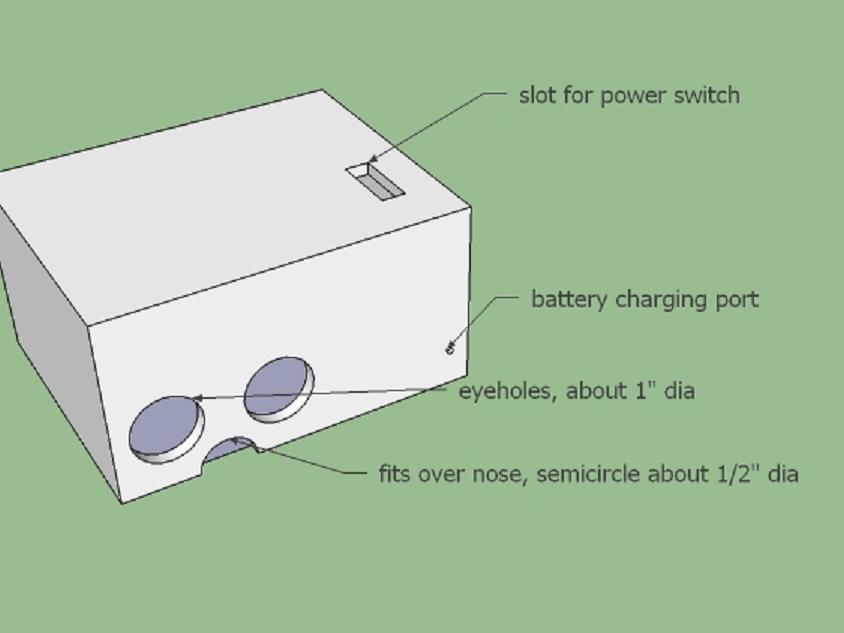
First, cut the box.
Cut two eye holes 1″ diameter a little over an inch apart. They should be as wide apart as the eyes of the user.
Next, cut a nose hole just below the eye holes halfway under the edge of the box. This is tricky to do, and is easiest with a Dremel. If you want, line the inside with cloth or rubber to make it more comfortable.
Drill holes for the power switch and battery port.
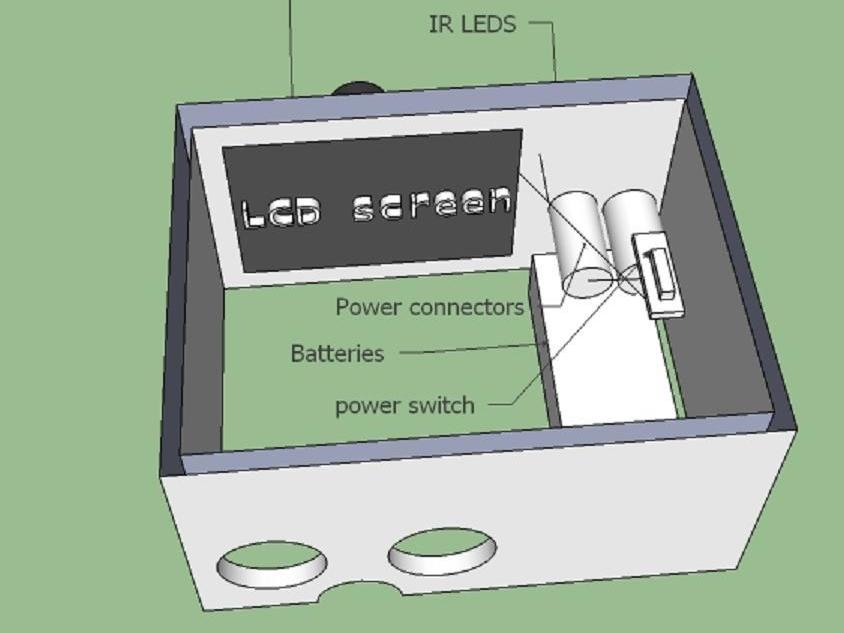
Now, connect and test the components.
Start by connecting together the positive leads of the battery, monitor, camera, and IR LEDs. Connect the negative leads of the LEDs, camera, and monitor to one terminal of the switch. Run the wires to the camera and LEDs through a hole in the front of the box.
Connect the other end of the switch to the battery’s negative terminal.
Connect a battery charger to the battery. Connect the video line from the monitor to the camera. Turn on the switch.
The monitor should display a direct camera feed. The IR LEDs should light up white in the camera in a dark room. Cover the red shiny piece with electrical tape.

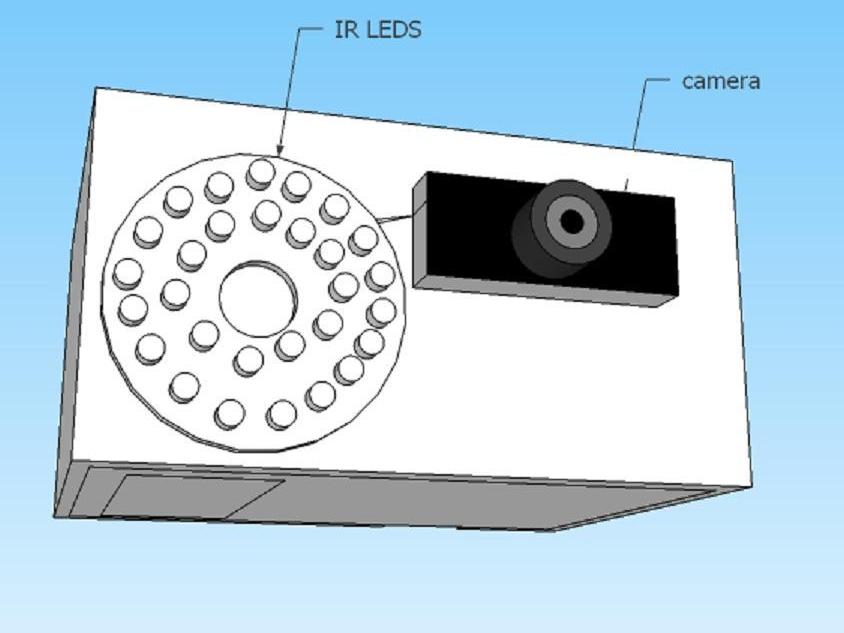
Remove the adhesive backing from the bottom of the plastic “foot” of the monitor. Attach it to the bottom of the box at the back facing the eyeholes. Glue or tape the battery to the side of the box away from the monitor and eyeholes, as in the picture.
Unscrew or cut off the side projections of the camera. Do not cut or disassemble the little black box with the camera itself or cut the cords.
Glue or tape the camera to the front of the box. Glue the ring of LEDs next to it, also facing foward.
Push the switch through a hole in the top of the box and screw the washer and nut on the top.
Test the system again. It should show the image from the camera, and holding it near a surface in the light should reveal that the LEDs are lit up, and in the dark, they should shine like a super flashlight.
Fully charge the battery.
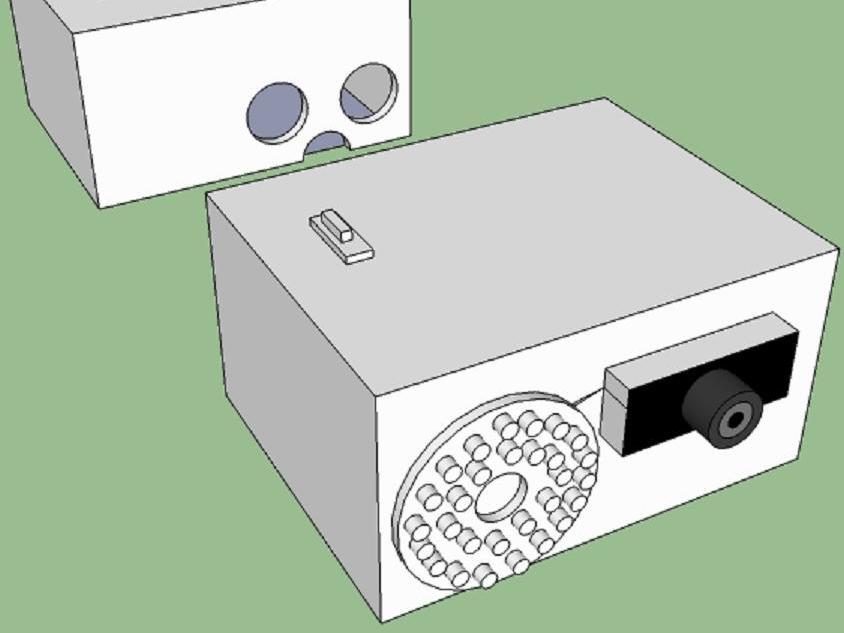
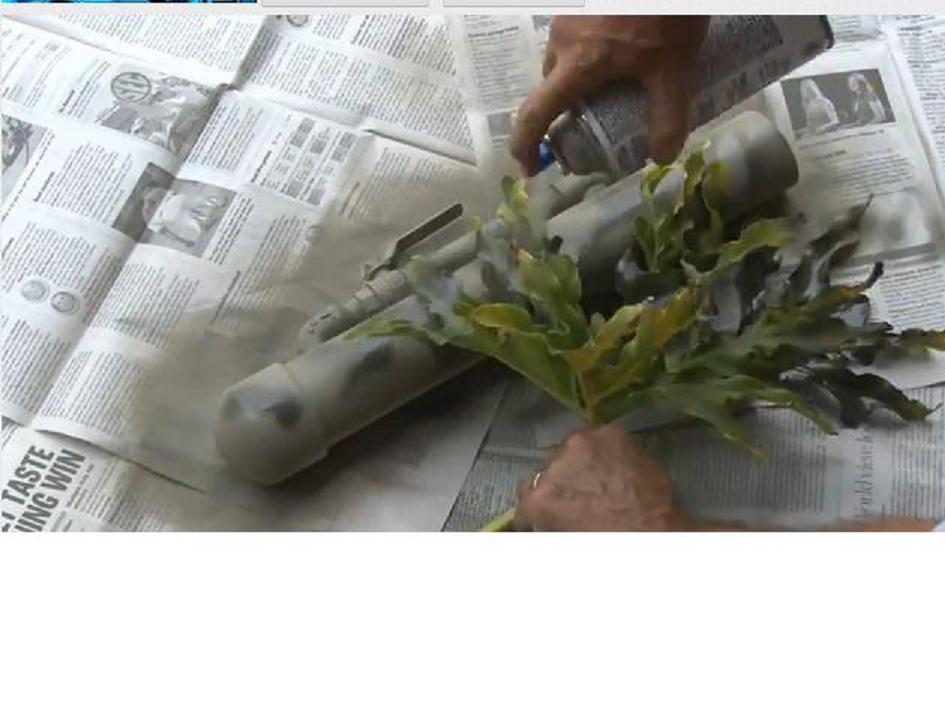
Test it one last time.
Wait until darkness strikes, and calmly flip the switch. Now, look through the eyeholes and see everything. This really impresses people, especially when they find out you built it yourself! Spy on your enemies, watch nocturnal animals, surprise people, escape the zombie apocalypse, or just amuse people. For a good “spy” look, paint it camouflage with leaves and some varying greens and greys as in the picture, or flat black (like I did). (Credit for the picture goes to Kipkay, from his video for the L.A.W.)
Notice that though the camera claims to be “infrared” it is actually near-infrared. It will not act as a thermal camera, as heat emits very low-frequency infrared, well below what silicon camera sensors can pick up, even with the IR filter removed.
Conclusion
The materials cost under $60 from Amazon. The exact box size is not important, but it must fit everything, and the end-to-end dimension must be at least 1" greater than your minimum focal distance.





